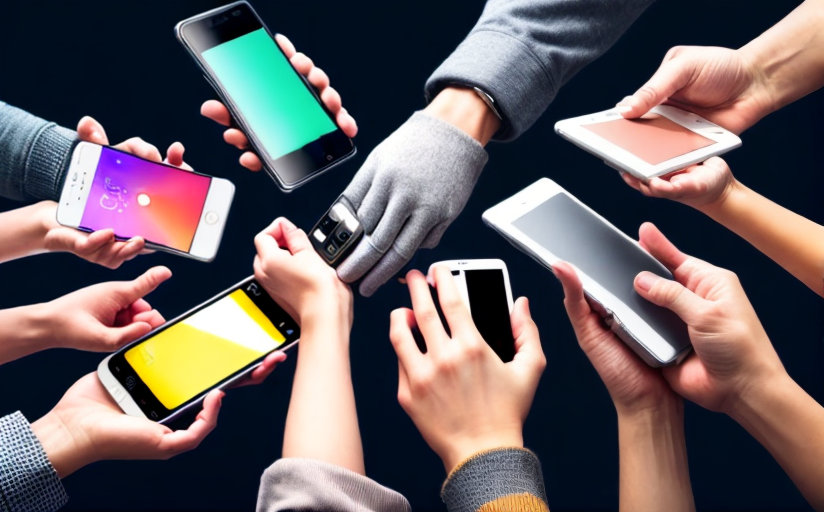The Influence Of Digital Media On Contemporary Art
Introduction
As the digital world continues its seismic evolution, it continues to subtly and more noticeably, alter the contours of society, including how we view, interact with and perceive art. In the broad scheme of Contemporary Art, digital media is a potent catalyst accelerating its metamorphosis, as innovative technology and online platforms allow artists unprecedented methods for expressing their creativity. From Instagram to virtual reality, this article highlights the transformative role digital media plays in modern art. We aim to shed light on the dawn of new digital art forms, the democratic accessibility of art these platforms facilitate, and the potential implications - whether beneficial or detrimental - on the world of art as we know it.
Digital Platforms: A Canvas for Today’s Artists
Today's artist is not confined to traditional mediums like paint or clay; instead, they have a plethora of digital tools at their disposal. These tools allow artists to experiment with various techniques, such as digital painting, 3D rendering, and even augmented and virtual reality. Facebook, Instagram, and other social platforms also serve as digital galleries, where artists present their work to the global audience, transcending geographical and logistical barriers. They've effectively expanded the global art scene, allowing various art forms to be displayed and appreciated by a diverse audience.
Emergence of New Digital Art Forms
The digital era, apart from transforming traditional art mediums, has given birth to unique artistic expressions that purely rely on technology. Digital art now includes generative art, fractal art, and digital installations, amongst others. The newest addition to the digital art family is Crypto art, otherwise known as NFT Art, which utilizes blockchain technology to ensure the authenticity and ownership of digital artworks.
Democratizing Access to Art
Previously, acquiring art was the purview of the affluent or those living in cities host to major art galleries and exhibitions. Digital media has significantly democratized access to art, ensuring that anyone with an internet connection can view, appreciate, and even purchase art. Online galleries, virtual exhibitions, and art shared on social media have effectively democratized the global access to contemporary art.
The Future of Art: Promises and Pitfalls
While the advent of digital media in art holds much promise, it also signals potential pitfalls. The digital medium allows artists to communicate and express themselves in unprecedented ways, propelling art to new horizons. However, it also gives rise to concerns about authenticity, copyright, and the potential devaluation of artistic skill in favor of technical expertise. Nonetheless, the digital revolution in art is an exciting chapter in the lifelong story of artistic expression, and we look forward to its future evolution.
Conclusion
Understanding the role of digital media in contemporary art is fundamental in keeping pace with the shifts in our society. Digitalization is not just a tool or a trend but a transformative force that is redefining notions of creativity, accessibility, and the very definition of art. As we navigate this new landscape, we may find ourselves moving towards a more inclusive, diverse, and globally connected art world.


















Comments
Leave a Comment